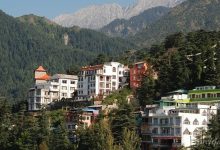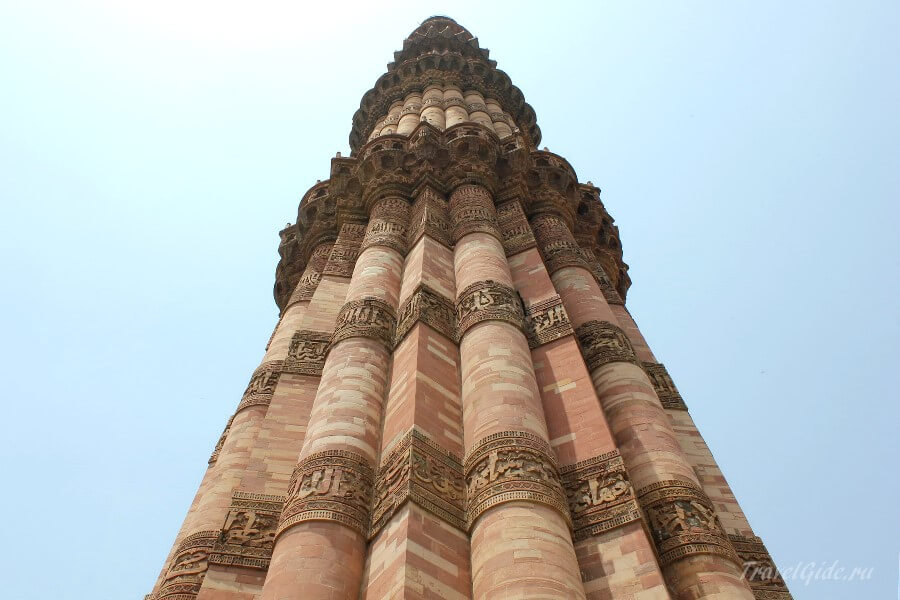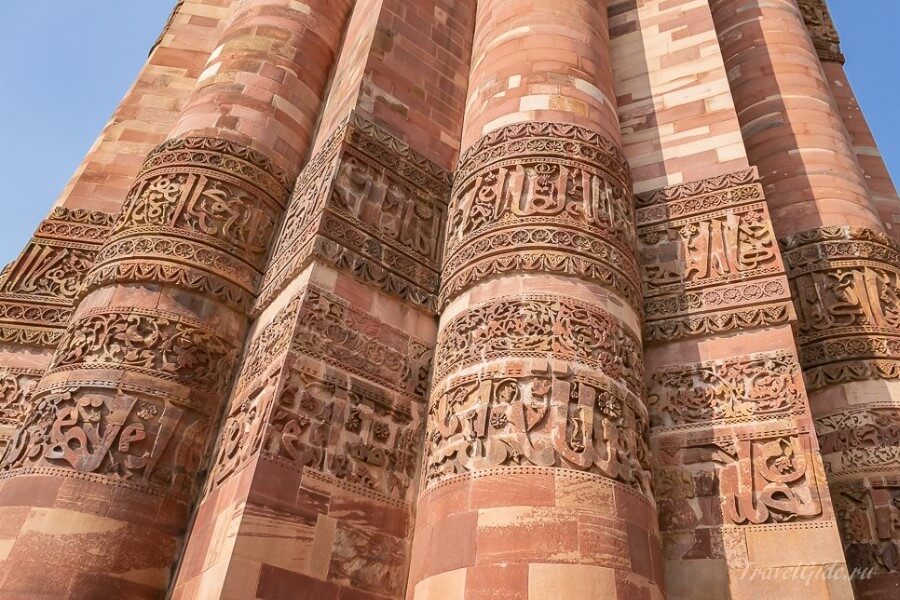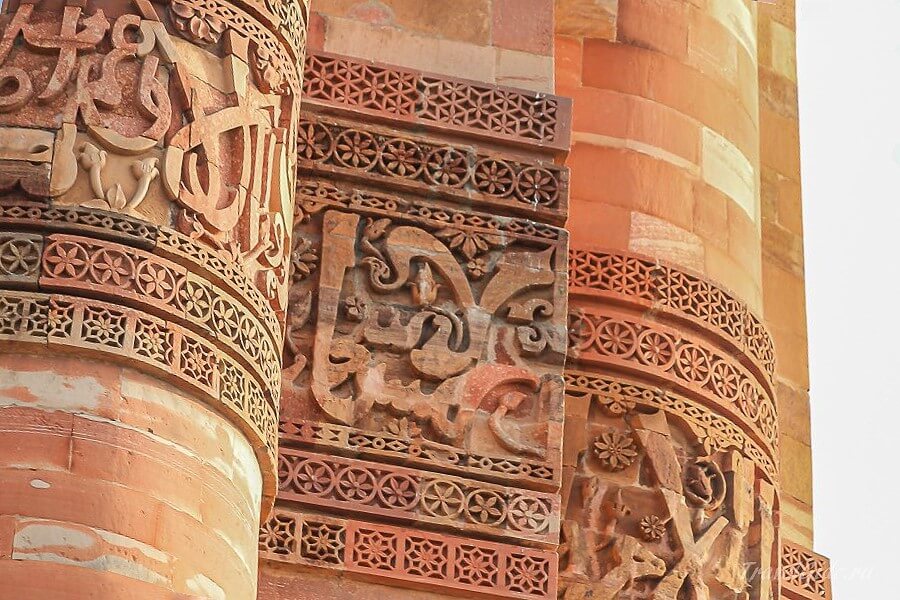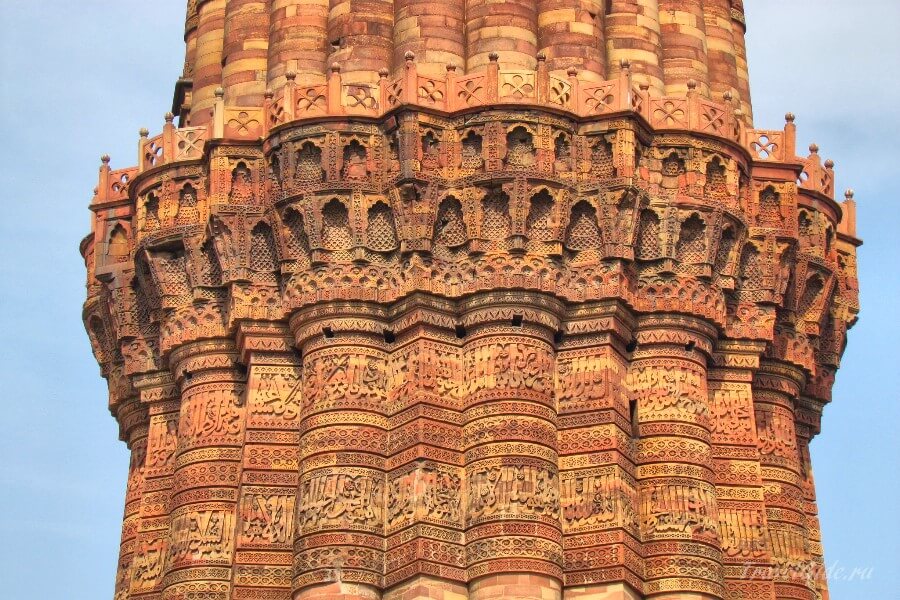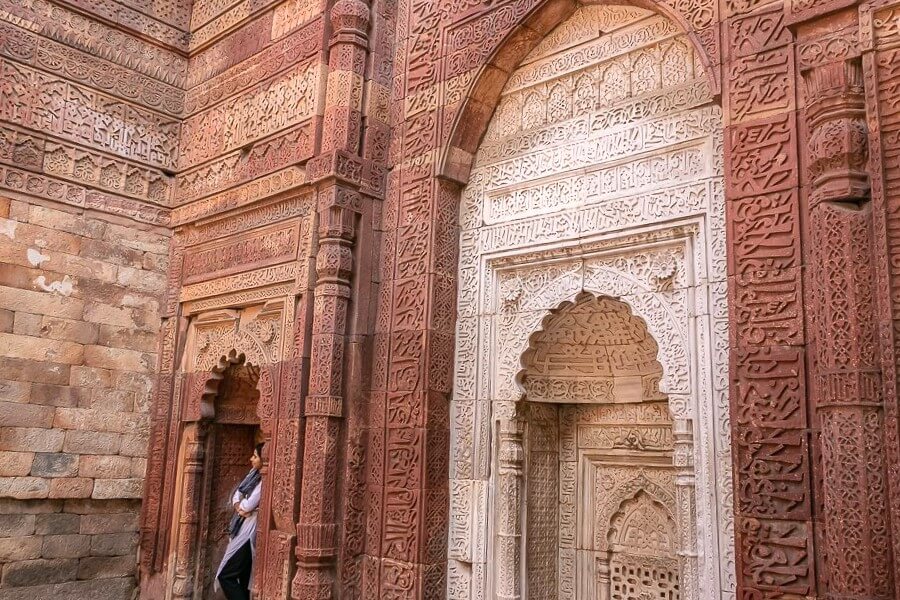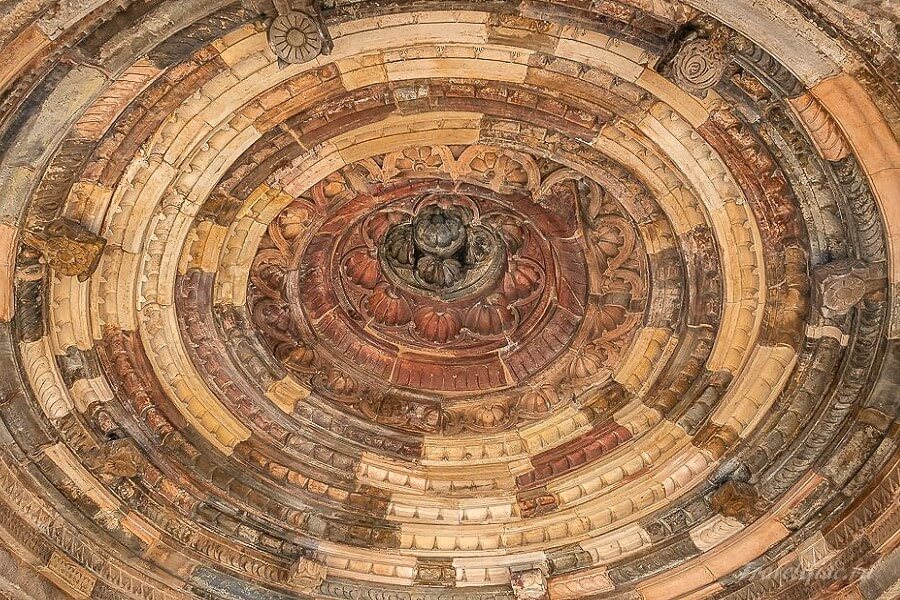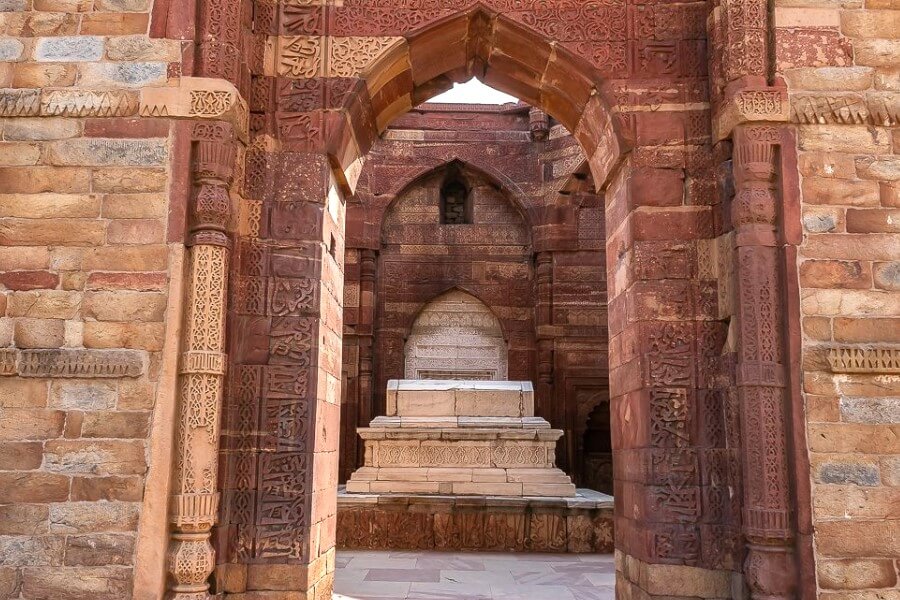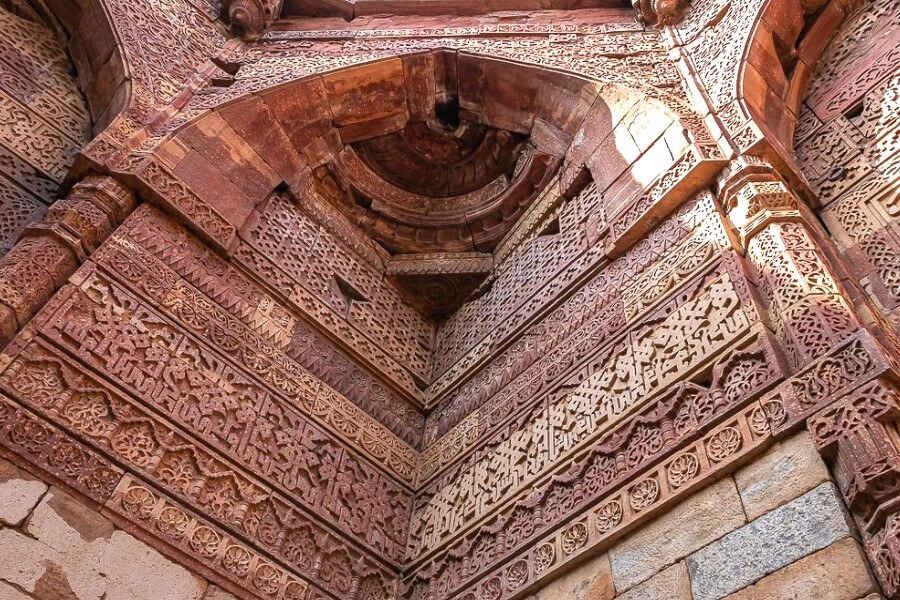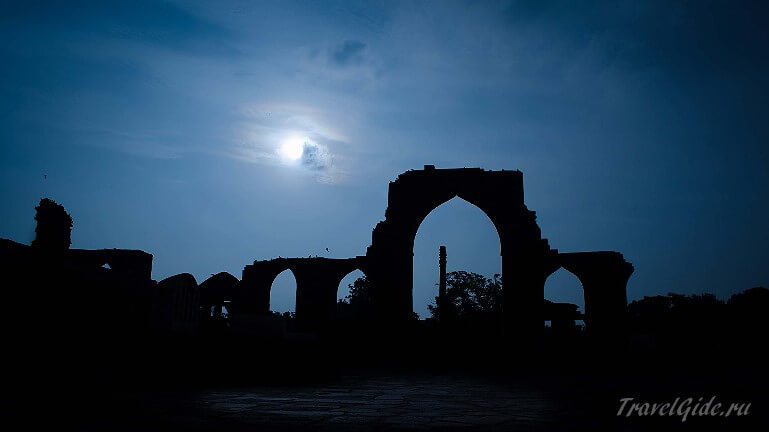
Secrets and mysteries of Qutub Minar in Delhi
What should a tourist visit in the capital of India, New Delhi
Eif you have a cherished desire and you are already tired of waiting for it to finally come true, visit India. specifically in its capital, Delhi. There go to the medieval historical Qutub Minar complex, also known as Qutbb Minar or Qutab Minar, which is located on the southern outskirts of the Indian capital in the Mehrauli region. In one of its courtyards dug into the ground metal pole with magical powers. If, having thought about the innermost, you lean against it with your back and can close your hands behind you, then the desire will certainly come true.
When is the best time to visit Qutb Minar
The pillar, as they say, is a useful, but a little fabulous part of the Delhi stay program. But to make your visit to Qutb Minar truly enjoyable and eventful, it is highly recommended to time your visit to India with one of the two national holidays.
For example, you can choose holiday "Diwali" - the festival of lights, whose history goes back more than 2500 years. True, it is rather difficult to guess, because, like most other solemn dates, Diwali does not have a “solid” place in the calendar, and is held every year on different days, but always in October-November.
Indians firmly believe that if there is a lot of fire and noise in the house on the day of the holiday, Lakshmi, the goddess of happiness and good luck, will definitely visit their home. That is why luxurious villas, ordinary apartments, and makeshift shacks in slum quarters are lit up on a festive evening with myriad lights from lit oil lanterns, candles and sparklers.
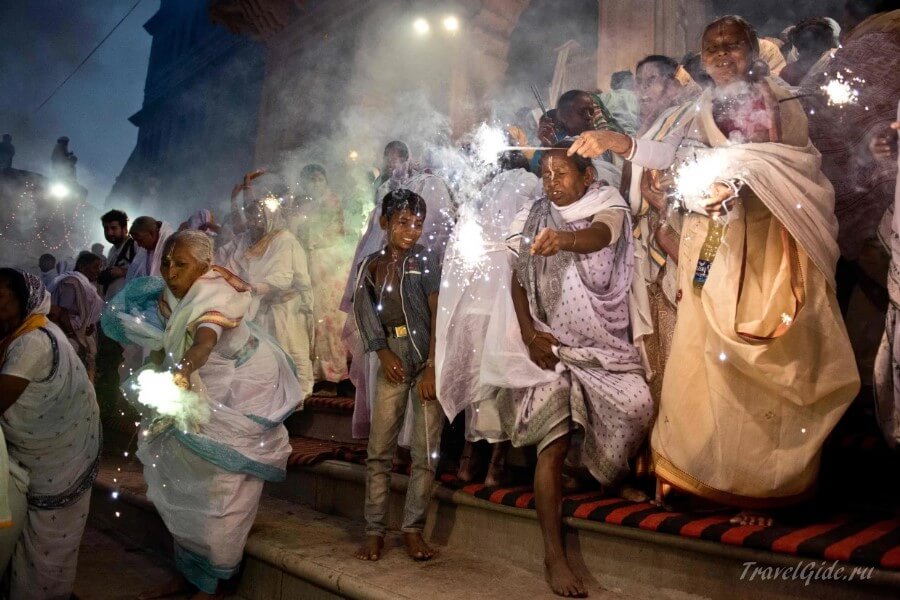
Rockets and firecrackers soar into the sky, "bombs" explode, "machine guns" crackle, thousands of sparks scatter in bizarre fountains. The horizon is covered with a powder curtain. Those who have had a chance to fly up to Delhi on the day of the holiday say that it feels like the liner is landing in a city engulfed in hostilities.
Although today the Indian government has banned the sale of fireworks during Diwali, citing environmental concerns. Experts estimate that in 2016, about 50,000 tons of fireworks were set off during Diwali. A poisonous haze covered the city for several days.
Another funny celebration celebrated in March is holi holiday, symbolizing the coming of spring, also known as the Festival of Colors or Phagwah.
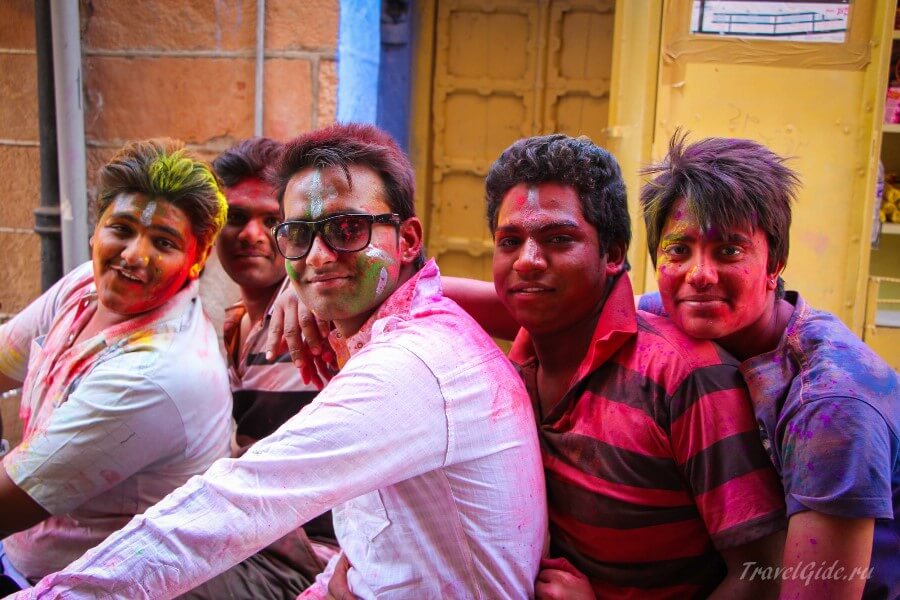
On the night before the holiday, giant bonfires are built, in the flame of which the evil demon Holika burns, "freezing" the people throughout the winter. It must be said that even on the coldest days the temperature in Delhi rarely drops below plus 4-5°C.
In the morning, before you go out for a walk, you will have to put on something simpler, because you will certainly be doused with tinted water or showered with colored powder. It’s not customary to be offended, but know that it’s pointless to wash stained clothes: neither Ariel, nor Tide with lemon, nor even the aged Aunt Asya with her bleach will help.
Qutub Minar: From Indraprdstha to New Delhi
There are hardly any other two capitals in the world whose historical destinies would be as similar as those of Delhi and Moscow. For centuries, both cities, taking advantage of their favorable geographical position, played the role of collectors of lands - Indian and Russian. Then, at about the same time, they lost their capital status, having gone into the shadow of Calcutta and St. Petersburg, but at the beginning of the last century they regained their lost positions.
For lovers of medieval architecture Delhi is a real treasure. This place literally breathes history, because here, on a limited plot of land, traces of seven capital cities have been preserved, starting with Indraprastha, founded in the 12th century.
The first four in terms of time, including Siri and Tughlaqabad, are compactly located in the south of the capital, around the world-famous architectural Qutub Minar complex and the same name brick minaret.
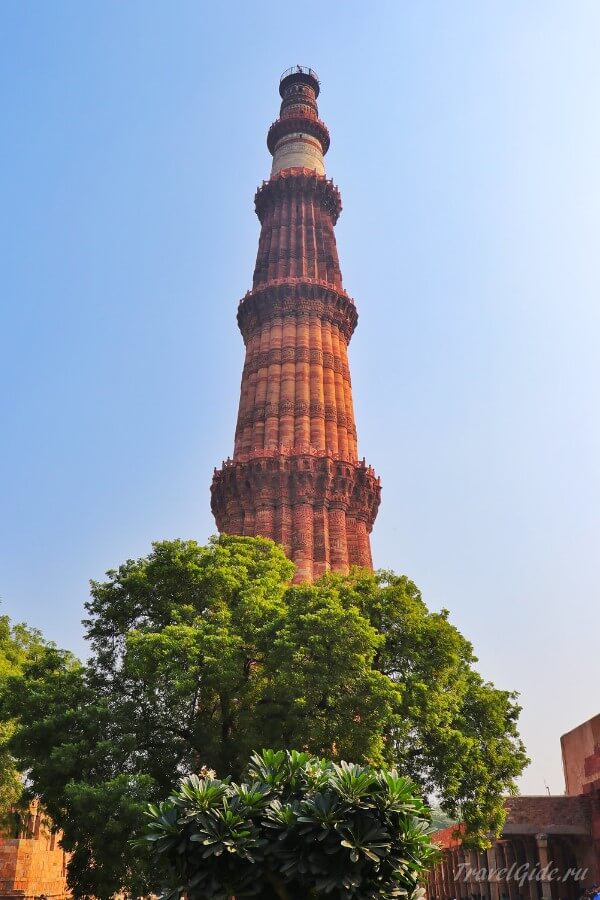
The history of the minaret-tower is amazing. The first stone in its foundation was laid in 1193, but initially the builders managed to complete the construction of only the first floor. The final height of the minaret was almost 73 meters.
The remaining four floors were completed later, and Qutub Minar acquired its current appearance only in 1368 under Feroz Shah Tughlaq. Since then, a new tallest brick minaret in the world has appeared.
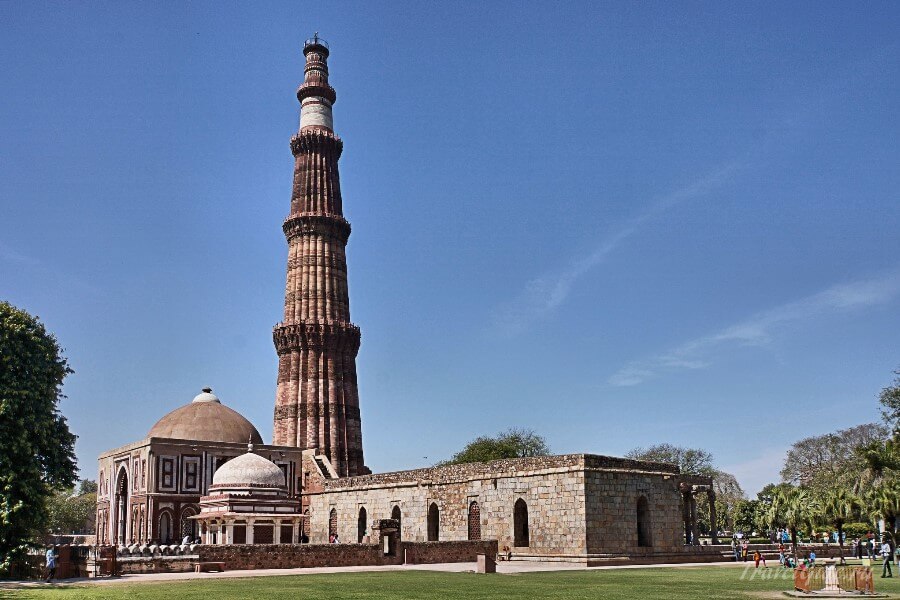
The minaret itself tapers upward, having a diameter of 15 meters at the base and 2.5 meters at the top. Feroz Shah Tughlaq covered the tower with a dome, which was thrown down during the earthquake of 1803.
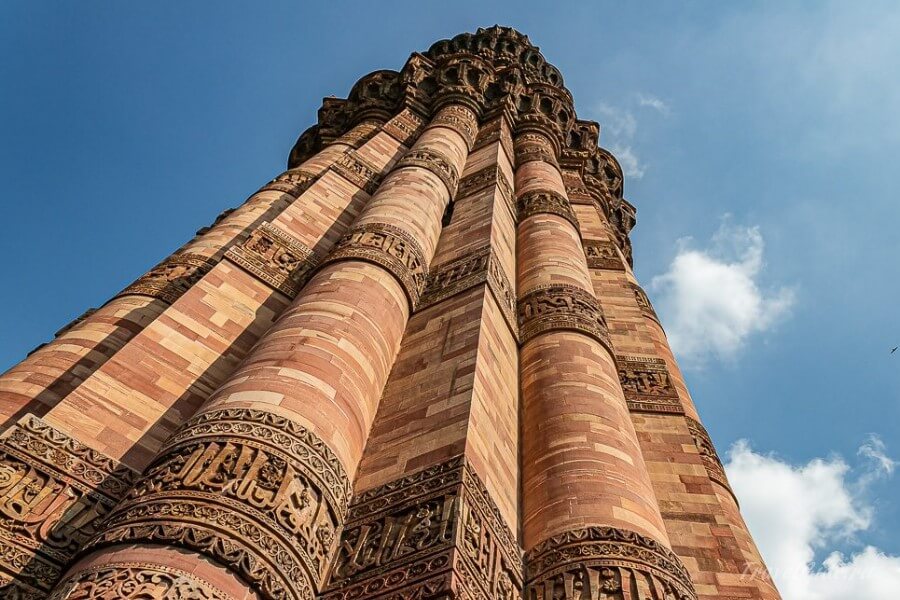
On the territory of the complex is located mentioned at the beginning of the article metal pole. The manufacturing technology and chemical composition of this marvelous seven-meter monolith have not yet been unraveled.
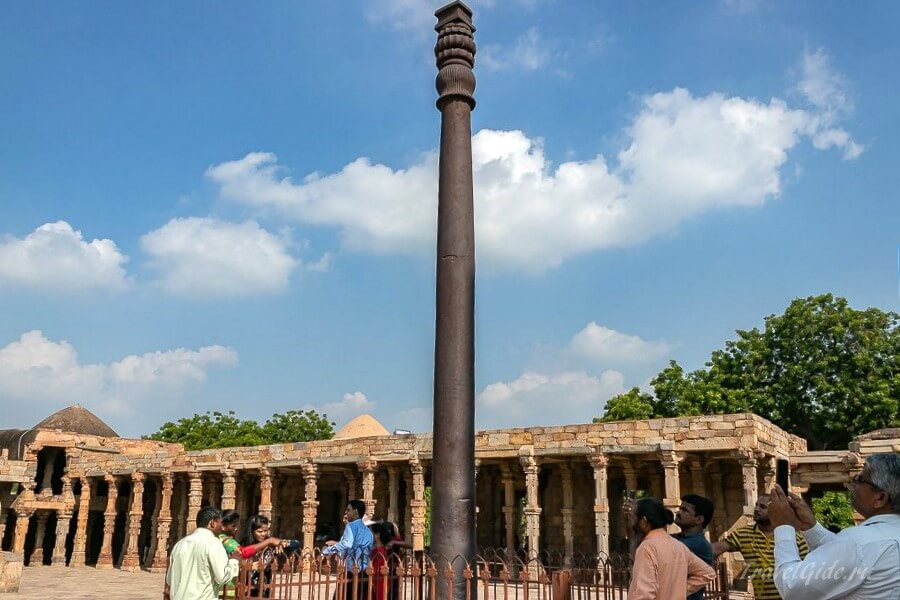
The Sanskrit inscription carved on the pillar states that it was cast sometime in the early 5th century AD. And for one and a half millennia, there are almost no traces of rust on it.
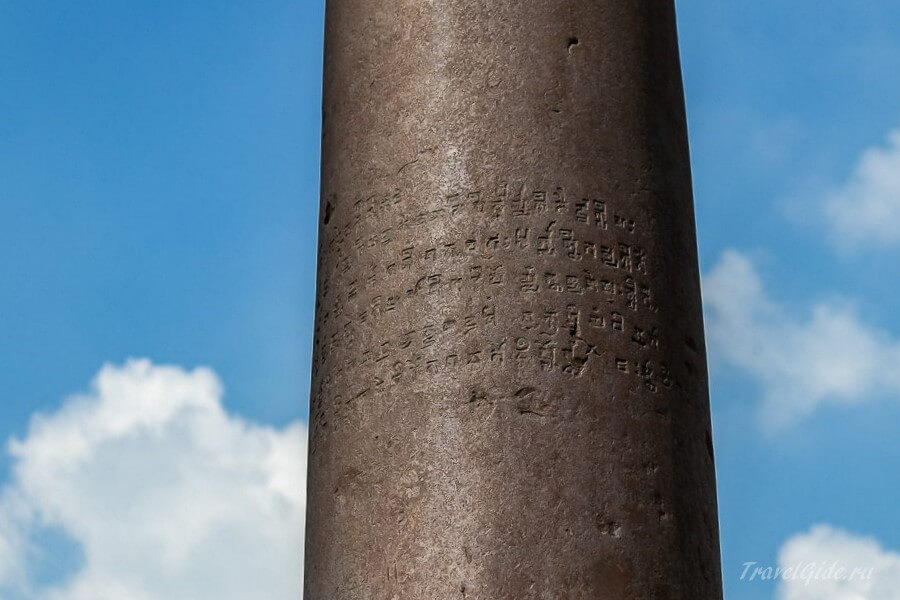
And the predecessor of modern Delhi arose under Shah Jahan, the same one who erected the delightful tomb of the Taj Mahal in Agra for his adored wife.
Shah Jahan also initiated the construction in the middle of the 17th century of the Red Fort - a fortress city surrounded by powerful stone walls 18 to 33 meters high.
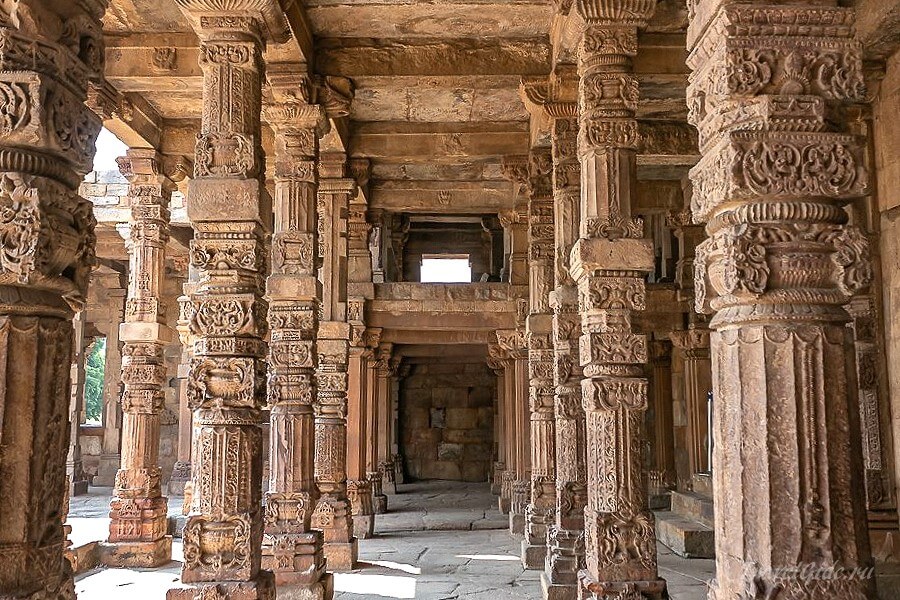
The fort and numerous buildings inside it are in excellent condition, and only the fact that not all objects have come down to us in their original form can darken the mood of an inquisitive traveler.
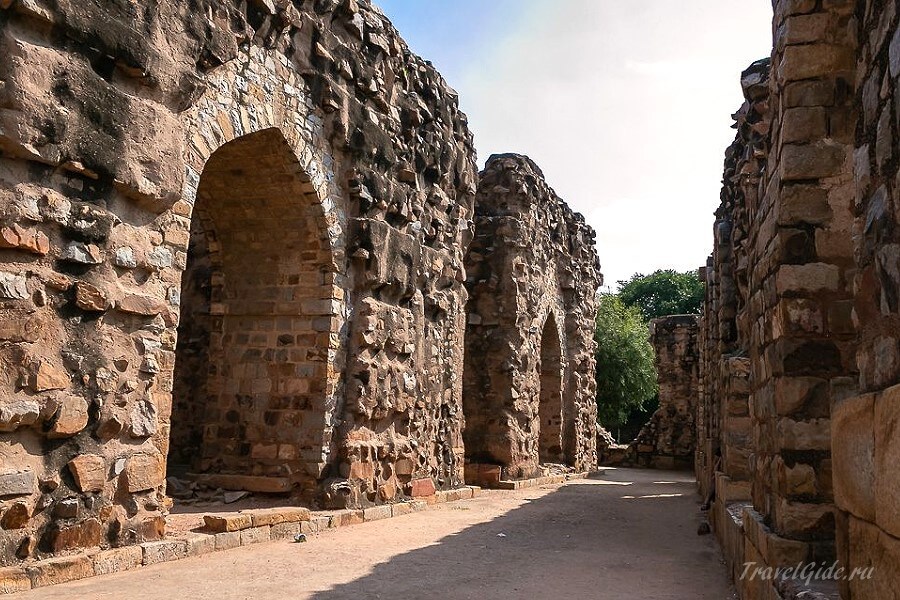
In our time, in the hall of private audiences, a marble pedestal was forlornly attached, on which once stood a luxurious golden throne with peacocks adorned with precious stones.
In 1739, Nadir Shah, who invaded India, liked the throne, and he transported it to his homeland, to Iran. After 20 years, the new conquerors dismantled the silver ceiling. One of the enthusiastic ancestors wrote on the wall of the hall, when it was still in full splendor: "If there is a paradise on Earth, then it is here, it is here, it is here."
Delhi was finally proclaimed the capital in 1911, when official London decided that Calcutta, with its unhealthy humid climate and tireless fighters for national liberation, was no longer worthy of being the main city of British India.
At the same time, the construction of New Delhi began. It is planned in the form of a rhombus, the northern corner of which rests on the old part of the city, and from west to east this rhombus crosses straight, like an arrow, Raj Path - the Road of Kings.
Every year on January 26, on Republic Day, military parades are held on this highway, framed by lawns and ponds. Not only aviation and tanks take part in them, but also the border formation, whose soldiers and officers serve on camels.
Practical information for travelers
The Qutub Minar complex is a historical gem of Delhi and all of India. It was built on the ruins of Lal Kot Fort and once housed 27 ancient Hindu and Jain temples. What is especially pleasing is the absence of the usual Indian garbage and landfills throughout the open-air museum.
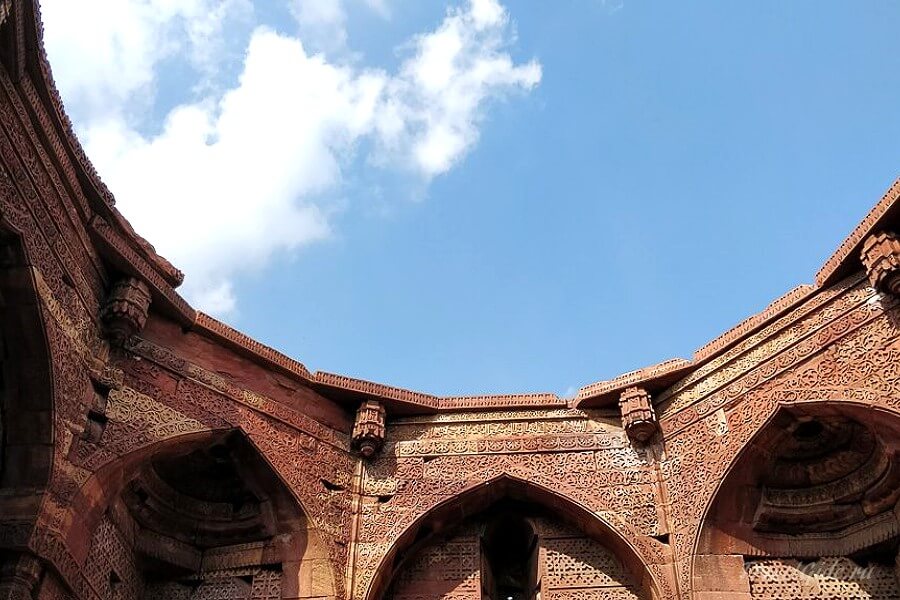
Today, the complex, with its red sandstone buildings, detailed marble inlays and stunning latticed stone screens, preserves the finest examples of Islamic architecture with an Indian soul.
1. Schedule: how the Qutb Minar complex works
The Qutub Minar complex is open from 6 am to 6 pm daily. The best time to visit the complex at dawn or dusk. The minaret against the sky at dawn or sunset looks simply impressive. If you are not a big fan of crowds and bustle, do not plan your excursion on the weekend.
The Qutub Minar complex hosts a popular festival in New Delhi every year in October. This three-day festival showcases the art of India against the magnificent backdrop of this ancient monument, highlighting Indian culture in all its glory. This arts festival in Delhi includes an excellent musical program from Sufi to classical music and incendiary Indian dances.
2. How much is a ticket to visit Qutub Minar
Entrance fees for citizens of India are 40 rupeesand for foreigners 600 rupees. You can purchase them online on the official travel website. Delhi Tourism, or buy them on the spot upon arrival at the ticket office (marked on the map below).
3. How to get to the Qutub Minar
The Qutub Minar complex can be reached by subway, bus, motor rickshaw or taxi. It is located relatively close to the Indira Gandhi International Airport, and is less than half an hour away.
Metro you need to get to the Qutub Minar station of the same name, and from it you can walk to the sights in 8-12 minutes, depending on the walking speed.
About moto rickshaws how to negotiate. The cost of the trip and its duration depends on the ability to bargain and the distance to the object
If you go by bus then you can get off at the Saket stop or at the Qutub Minar of the same name, and from it you again need to walk 8-12 minutes, depending on the walking speed.
A short video with an overview of the sights of Delhi Qutub Minar and, of course, the famous minaret tower.
When you enjoy the magnificence of the buildings of ancient architects and feel close to eternity, then get ready to go to the Delhi railway station and buy a train ticket. Why and where? Of course visit the residence of the Dalai Lama in McLeod Ganj, the famous tourist center of North India, and of course stay at one of the hotels in Dharamsala - the second homeland of the Tibetans ...

